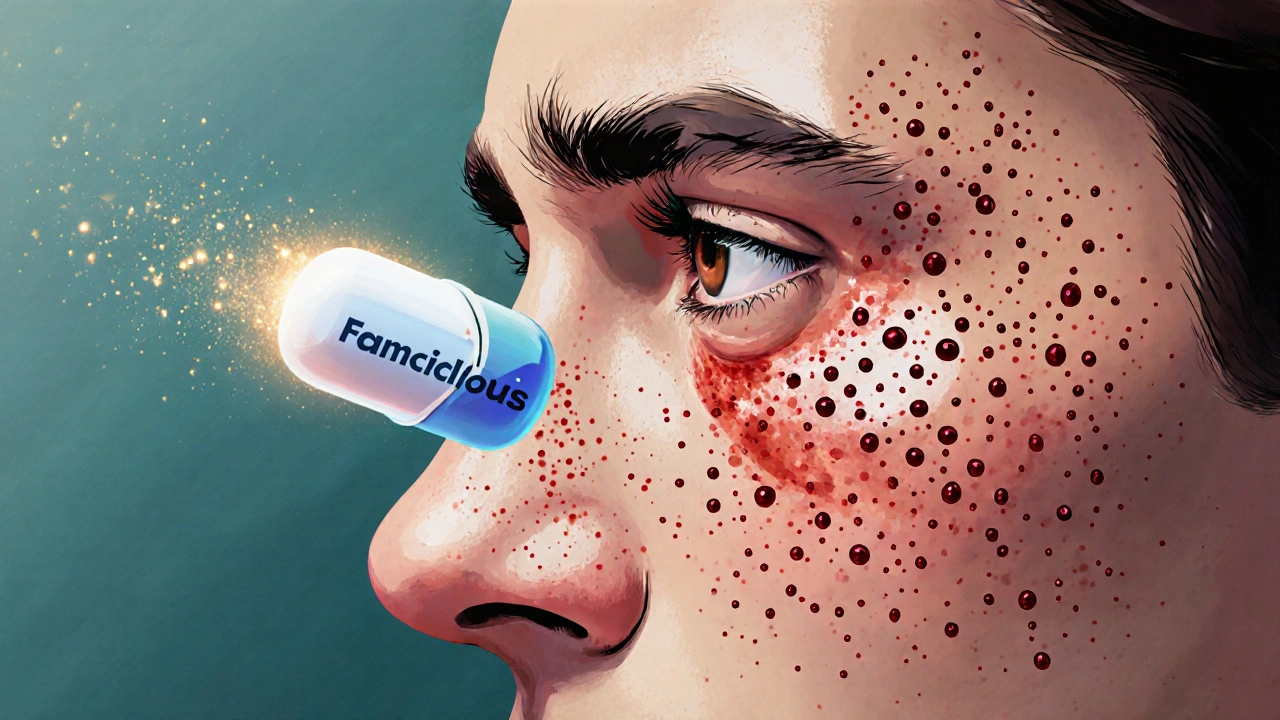Herpes Zoster Ophthalmicus: What You Need to Know
When dealing with Herpes Zoster Ophthalmicus, a painful rash caused by reactivation of the varicella‑zoster virus that involves the eye and its surrounding tissues. Also known as ophthalmic shingles, it can threaten vision if not treated quickly. This condition is a subset of shingles that attacks the ophthalmic branch of the trigeminal nerve, so it brings both skin lesions and eye inflammation. Because the virus hides in nerve cells after chickenpox, any drop in immunity can spark a flare‑up that hits the eye. The result? Redness, tearing, blurred vision, and sometimes lasting damage to the cornea or retina.
Understanding the root cause helps you manage the risk. The culprit, Varicella‑Zoster Virus, the same virus that causes chickenpox and later reactivates as shingles, travels along nerve fibers to the ophthalmic division. When it reaches the eye, it sets off inflammation that can affect the conjunctiva, cornea, and even the optic nerve. Antiviral therapy is the frontline response; drugs like acyclovir, valacyclovir, or famciclovir reduce viral replication, shorten the rash, and protect vision. Early treatment, ideally within 72 hours of symptom onset, dramatically lowers the chance of complications such as keratitis or uveitis.
Key Factors, Prevention & Care Strategies
Three main factors drive the severity of Herpes Zoster Ophthalmicus: age, immune status, and vaccination history. People over 60, those on immunosuppressive meds, or individuals with chronic illnesses face higher odds of a severe eye attack. The good news is that the shingles vaccine (Shingrix) boosts immunity against the varicella‑zoster virus, cutting the risk of reactivation by about 90 %. Even if you’ve already had an episode, getting vaccinated can prevent future flares.
Besides vaccines, practical steps include keeping blood sugar in check, managing stress, and avoiding smoking—each of which can weaken the immune system. If you spot early signs—painful tingling around the eye, a rash that follows a band‑like pattern, or sudden visual changes—seek an eye specialist immediately. Ophthalmologists often combine antivirals with topical steroids or lubricants to control inflammation while protecting the corneal surface.
Long‑term follow‑up is crucial. Even after the rash clears, the eye may stay vulnerable to scarring or secondary infections. Regular eye exams, especially within the first few weeks, catch issues before they become permanent. If you have a history of Herpes Zoster Ophthalmicus, keep a personal health record of the treatments you received; this helps any new provider tailor therapy quickly.
All told, Herpes Zoster Ophthalmicus sits at the intersection of neurology, virology, and eye care. Knowing the virus behind it, the importance of prompt antiviral therapy, and how vaccination can keep it at bay equips you to protect your sight. Below you’ll find detailed articles that break down symptoms, treatment protocols, vaccine guidance, and real‑world patient stories—all aimed at helping you stay ahead of this eye‑threatening form of shingles.

